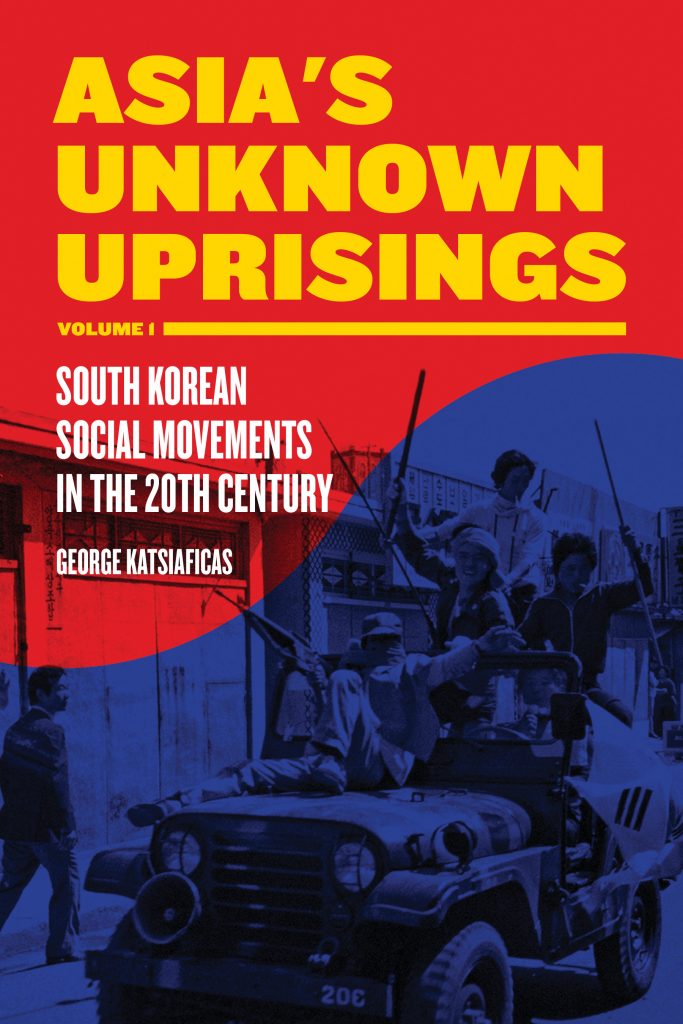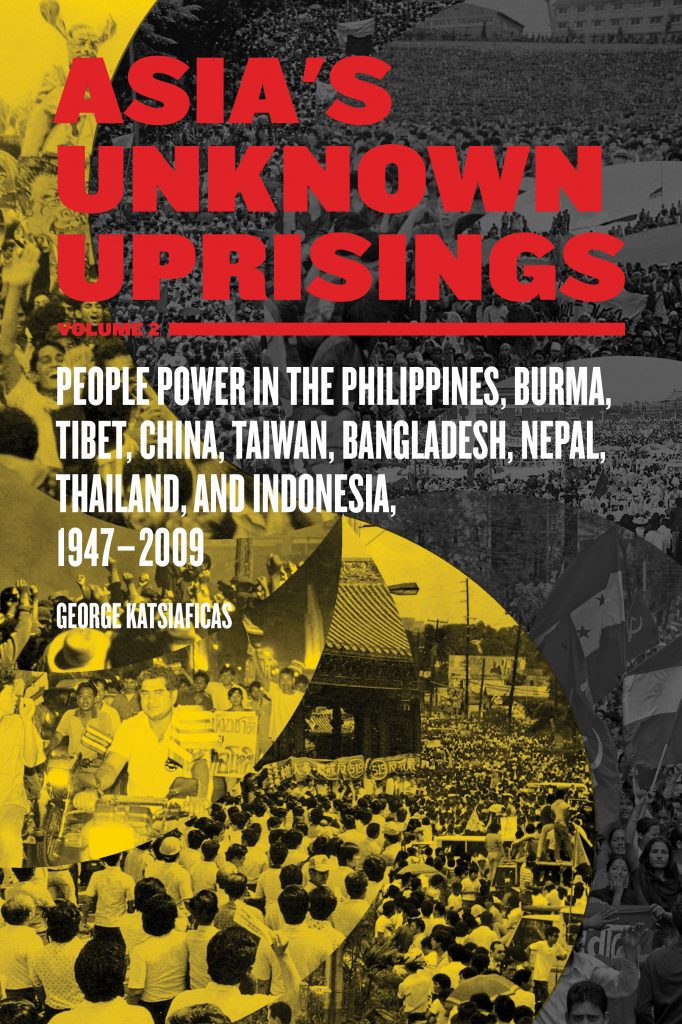By George Katsiaficas
Abstract
Idealization of European forms of civil society has prevented Western comprehension of social and political development in other societies. Not so long ago, Euro-American expansionism was driven by now obsolete notions like Manifest Destiny, the White Man’s Burden, and Civilizing Mission (mission civilisatrice). Today, more subtle but no less condescending conceptions of superiority and universal applicability fuel the West’s appetite to universalize its form of “democracy” and “freedom.” The scholarly establishment’s exogenous understanding of civil society is a modern equivalent to antiquated racist categories that justified colonialism and genocide. The original conception of civil society was grounded in the specific historical form it took in Western Europe. A brief survey of Europe’s historical development clarifies its unique character. Following a critical review of Eurocentric theories, especially focused on Jürgen Habermas and Herbert Marcuse, I explore alternative forms of civil society in Korea and the Middle East.
Eurocentrism and Civil Society
Idealization of European forms of civil society has prevented Western comprehension of social and political development in other societies. To overlay Europe’s specific historical formation onto the rest of the world, as Eurocentrists do, is not simply an academic or theoretical problem. Not by coincidence, in these same regions where it is often claimed that “civil society” does not exist, the West continues to wage major wars. Disastrous US wars in Asia, based upon the idea of bringing “democracy” and “freedom” to the Philippines, Korea, Vietnam and Iraq, have killed no fewer than ten million people since 1898.
Not so long ago, Euro-American expansionism was driven by now obsolete notions like Manifest Destiny, the White Man’s Burden, and Civilizing Mission (mission civilisatrice). Today, more subtle but no less condescending conceptions of superiority and universal applicability fuel the West’s appetite to universalize its form of “democracy” and “freedom.”
The scholarly establishment’s exogenous understanding of civil society is a modern equivalent to antiquated racist categories that justified colonialism and genocide. With war looming over Iran and a new cold war probable with China, the time is long overdue to reconsider policies predicated upon global applicability of Western values.
The original conception of civil society was grounded in the specific historical form it took in Western Europe, an insight upon which Herbert Marcuse built a non-Eurocentric understanding in Reason and Revolution.2 Rather than deploring its absence in other parts of the world or seeking to export it, Marcuse noted the specificity of “bourgeois” society to European history and sharply criticized its “one-dimensional” humans. In the thoughts that follow, I question the West’s cultural superiority and indicate possible alternative forms of civil society.
If we are to create a world in which diversity is celebrated and people are truly blessed with the autonomous space to determine their own forms of governance and daily life, then we must conceptualize civil society in very different forms than its uniquely European embodiment. A brief survey of Western Europe’s historical development will help clarify its unique character. Following a critical review of Eurocentric theories, I explore forms of civil society in Korea and the Middle East.
Origins of Western European Civil Society
After the Roman Empire divided into East and West in 285 CE, two very different social systems were consolidated. Rome was overrun and sacked in 410 and 455. The city fell by the wayside and was depopulated to the point where fewer than 15,000 people lived there in 1300—even before the Black Death killed half of Europe’s urban population. In the East, the “Roman Empire” (Byzantium) continued to exist for a millennium after the sacking of Rome. With Christianity as the state religion, Constantinople was capital of a wealthy merchant empire where the emperor was both supreme military leader and in control of the church (caesaropapism). Although he recognized the bishops of Rome, Constantinople, Antioch, Alexandria, and Jerusalem as local religious authorities, Justinian (who ruled from 527-565) reserved for himself sovereignty over all matters of religious doctrine. He governed according to the notion of “one state, one church, and one law.” Under Justinian, everyday life in Constantinople was tightly regulated. He consolidated Christian doctrine and Roman law while promulgating severe moral proscriptions. Gambling was outlawed. Male homosexuals had their genitals removed.
Astrologers were publicly whipped and paraded on camels through the city. As Procopius tells us, “in his zeal to gather men into one Christian doctrine, he recklessly killed all who dissented.”3 Justinian abolished all dissenting forms of worship (“heresies” such as Samaritans, Montanists, Sabbatians, and Arians) and confiscated their vast wealth “beyond telling or numbering.” He empowered priests to rob even the very rich. With a firm grip on power, he sent his army to reconquer Rome in 537 and commissioned the magnificent domed church, Hagia Sophia, to commemorate revitalization of the empire.
The Byzantine reconquest of Rome was short-lived. A range of powers came to control Italy, only one of whom was the Bishop of Rome, whose elevation to “Pope” divided the Christian church in 1054, when Catholics and Orthodox mutually excommunicated each other. Although the Pope proclaimed himself to be infallible in religious matters, he was often an appendage of political power—of secular autonomous centers of military might. In Western Europe, no particular government could claim absolute authority over the church, unlike the Byzantine emperor’s control of the universal church. In 1203, Byzantium itself was devastated when the Venetian-financed fourth crusade sacked Constantinople, forever hallowing out the empire until its conquest by the Turks in 1453.
1 Originally presented to the International Herbert Marcuse Society, University of Salisbury, November 14,
2015. Substantially reworked thanks to encouragement and critical comments from Carol Becker, Alda
Blanco, Jack Hipp, Douglas Kellner, Gooyong Kim, Paul Messersmith-Glavin, Maati Monjib, Warren Patch and
AK Thompson.
2 Herbert Marcuse, Reason and Revolution: Hegel and the Rise of Social Theory (Boston: Beacon Press: 1960),
hereafter Reason and Revolution.
3 Secret History of Procopius, Translated by Richard Atwater (New York: Civici Friede Publishers, 1927) 138.






